Thanks to miles and points, many people have traveled the world for what others pay to travel to a different state in the US. With them, many of us have gotten to enjoy learning and experiencing many countries and cultures. However, with all of those experiences, we sometimes forget that there are many aspects of international travel that can be confusing to people just starting out. Hopefully this multi-part Guide To International Travel will help to simplify things for the travelers just starting out to explore our world. Previous parts covered – guide to international travel – passport, guide to international travel – visas, and guide to international travel – global entry.
Guide To International Travel – Driving
When it comes to visiting new places, nothing can give travelers more of a headache than driving in a new place, trying to find where to go. At the same time, nothing can give travelers more flexibility and (sometimes) comfort than having their own vehicle to travel around in. Having driven in many countries around the world (some of them listed as some of the worst places to drive in the world), I have seen both sides of it! However, I am the type of traveler who wants to see and do what I have an interest in and to do it as quickly as possible.
What Is Required To Drive In Foreign Countries?
A couple of the things you definitely need are confidence behind the wheel and the ability to drive both offensively and defensively – at the same time! If you do not like to drive in your own town, the chances of you feeling comfortable enough to enjoy the country you are visiting while behind the wheel are very slim! Make sure you feel comfortable being both offensive and defensive as well – I will talk more about this later.
As far as paperwork, the single thing you will need (besides your state-issued driver’s license) is an international driving permit. These can only be obtained (in the US) through the AAA (you are not required to be a member to get one) and the National Automobile Club. The fee is $15 and the permits are good for one year from the effective date (you can get a permit up to 6 months before the effective date).
The process is quick and simple to receive the permit. It only requires filling out the application, two passport-sized photos, and your state-issued driver’s license. You can mail the application in for fulfillment, but it is much easier to just go to one of the locations for processing. If you do not have your photos, you can have them done there as well (passport photos are available at AAA for $10 for non-members). Once you are done with application and photos, it only takes the agent a couple of minutes to finish the permit and you are on your way! It has never taken me more than 10 minutes in an AAA office to get my permit.
Here is the list of countries that recognizes the International Driving Permit. When driving in these countries, you will need to have your regular license and your International Driving Permit (or IDP) with you. Important: Many rental car companies will not tell you that you need your IDP in order to rent the car, but they all do have language about that on their website and you will need to present it in case of a traffic incident.
You can find the applications for an IDP here – AAA or National Automobile Club.
Getting Around
Maps are very valuable and a must if you decide to drive in a foreign country! All major rental car companies will be able to provide you with a map of the city/country that will help you in your travels. One of the pluses of a map provided by the rental car company is that many of them will list on the map where their offices are should you need to visit one during your trip.
If the maps provided by the rental company are not sufficiently detailed enough to help you in your travel, you can always check at a bookstore or gas station once you get to the city. I have found that most bookstores (or even groceries) will have maps to help you. Just be warned that not all the streets will appear on the maps nor will all the streets you drive on have names! In some cases, even if they have names, you will find many streets in that town or city with the same exact name (this is the case in places like Mexico, Chile, and Greece where the street names come from religious figures).
My favorite way of getting around a foreign city is using my Garmin GPS. I got the European maps from a friend, but you can find those maps on eBay or Amazon and they will turn your American GPS (that you are already familiar with) into the ultimate guide in the new foreign city. Using a GPS helps so that you do not even need to know what street you are on! I have used my Garmin 3790LMT around Europe and the Middle East with exceptional results. I would recommend the Garmin mapping system to anyone that is looking for a good GPS for Europe.
Finally, another very popular method of directions is through Google Maps or some other smartphone-based mapping app. While these are great, you must have a data connection to have it work (unless you have an app that provides offline maps for your destination). Even with data and Google Maps, I still find I use my Garmin more.
Driving Rules and Regulations
While you can certainly find a lot of information about driving rules on the internet, it is always best to take that knowledge along with careful observance when you first start driving in the new country. Believe it or not, many drivers may not follow all the rules – and that is just what everyone does! So, it may be that the rule is, for example, to enter a traffic circle after yielding to the traffic already in the circle. However, you may find that many drivers ignore that and just plow into the traffic circle. If you are already in the traffic circle and see another car approaching, do not assume they will stop! Here is a list of some that come to mind, but do not think this is an exhaustive list of rules for driving in foreign countries.
Right on Red
One of the big rules to be aware of is that there is no right on red in most countries around the world. You may find many drivers ignoring many rules of the road, but they all observe that one! The best thing to do is to always assume there is no right on red and watch those in front of you. If you are the one in front, wait to see if someone honks at you while sitting at a red light. 🙂 This no right on red (or left on red, depending on the country you are in) can take a lot of practice getting used to! We do not realize how much we use it until we have to be careful to not use it!
Pedestrians
In many countries, pedestrians always have the right of way and you must always stop for them. This is one of those things that is good to ask about at the rental car counter or to ask someone else. In some countries, there is no such rule but the pedestrian treats it like it is a rule anyway. You not only need to watch for those people but also be careful from the drivers behind you who are not expecting you to stop.
Traffic Circles
Traffic circles are a major part of the traffic infrastructures around the world. We do not have them all over the US, but they are used all over the world. In some countries, especially Middle Eastern countries, these traffic circles are landmarks for giving directions. They are so large that dozens of cars can be in the circle at once and people will use these as a way to direct you where to go. Many times, these circles will not have a STOP or even YIELD sign for those entering but it is a rule that you can enter only if someone else is not already approaching your entrance to the circle from within the circle. In other words, those vehicles in the circle have the right of way over those seeking to enter it.
Parking
Parking can be a huge mess! I have had my car towed and ticketed before because I went by someone’s word that it was ok to park in a particular place. Find out what the signs are for no parking and what times you are allowed to park on the streets. In some places (like Jerusalem), you can park on the streets for free on the weekends. Other days of the week, you must have a parking ticket from a kiosk in your windshield of have filled the parking meter near your car. But beware! If you are not out of the free zone by the time the week begins, you can face having your car towed!
Be Aware of Borders
Most rental car companies do not allow you to take the car over borders. In some places, it can be areas that you may not even have to cross a border line for. If you do so anyway and have any problems with the car or damage the car, the rental car company’s insurance (or the credit card coverage) will no longer apply and you will be responsible for paying for the damage!
Insurance
First of all, check with your own car insurance company to see if they cover you in a rental car (or someone else’s car) in the country you are visiting. If not, there are some things to be aware of. First, the car rental company will offer you insurance for the rental car, but many times at a price that can equal or exceed what you are paying for the car per day! That is not to say that should be a deal-breaker! In certain countries and instances, it may be wise to have that coverage to eliminate the hassle of dealing with a third-party (like your credit card company). However, be aware of the deductible and make sure you have brought a credit card with enough available credit to cover that deductible! I have had some deductibles that were given to me as being $2,000!
Another avenue of coverage is with your credit card. Some cards (such as the Chase United MileagePlus Explorer Card) offer primary insurance while most credit cards offer secondary insurance (for Collision Damage Waiver – CDW). The secondary insurance only pays out when the primary insurance, like your personal insurance, is exhausted or does not apply. American Express also has a program that gives you primary insurance coverage for $24.95 per rental. You can read about that here as well as apply it to your accounts. The charge only is billed when you rent a car with your American Express card. Important: Some countries are excluded from programs like American Express’ coverage – those countries are Australia, Ireland, Israel, Italy, Jamaica, and New Zealand.
Visa cards and Mastercards also each offer differing levels of secondary insurance for car rentals. The best thing to do is to call and ask for the policy to be sent to you regarding their insurance for rental cars. For international rentals, Chase cards do act as primary insurance for the rental and actually cover the excluded countries above (that Amex does not cover). Now, if you need a letter stating that the card covers the country you will be traveling in, call 888-880-5844 to have a letter e-mailed to you stating that you are covered.
When renting a car and you have a card that provides insurance for rentals, make sure you use it for the rental! If you do not use it, you will not be covered by that insurance! I know that may sound basic, but there are times that you may rent with a card that is already in your online account and you may have forgotten to switch it to the correct card.
Accidents
No one wants to be in an automobile accident, especially in a foreign country. Unfortunately, I have already dealt with that a few times (never my fault). There are some things to keep in mind:
- Do not assume that the situation is similar as it would be in the US! For instance, you may need to leave the car exactly where it is until police arrive, even if it is in the middle of the road. Ask someone near you at the accident scene what you should do (do not ask the other driver – more on that below).
- Be careful when talking with the other driver, especially if the accident was their fault! If they find out that you are American, they may attempt to take advantage of you when it comes to explaining what happened to the police. It is unfortunate, but that does happen.
- Be prepared to wait! For one of my accidents, even though we were only 3 miles from a large police station (with many officers), it took over an hour for the police to come. That was quick, too! I had friends tell me that they have had to wait over three hours for the police to come. Take the time you are waiting to get your documents in order to present (car registration papers, insurance paper, rental agreement, IDP, your US-issued driver’s license, and passport).
- Phone a friend. If you have a local friend, consider calling them to have them come and help you deal with the situation. In some countries, the police may not speak English and having a local that can translate for you could be the difference between you being accused of causing the accident and getting the situation taken down truthfully.
- Do not sign without knowing what you are signing! This goes again to phoning a friend. Do not sign a report that is in a language that you do not understand until you know what you are signing. This was something that I was careful of in one of my accidents. The other driver had been talking to the police for a while in their language (which I did not understand) while the officer was writing out the report. When I was brought over to sign, I asked the officer what it said. He told me in limited English. I asked if I could have someone nearby explain it to me also before I signed. I wanted to make sure they both ended up saying the same thing before I signed something that might have had me admitting fault. In the end, it was ok and I was merely signing that I was accepting receipt of the report. I did write underneath that I was signing without being able to read the report in the language written (at the officer’s suggestion).
After All That, Is It Worth It To Drive In a Foreign Country?
After reading through all of this, you may end up wondering if it is even worth attempting to driving in a foreign country. If you are comfortable with it, then the answer is YES! I have driven in quite a few countries (Mexico, UAE, Iceland, Jordan, Germany, Chile, Egypt, Turkey, Greece, Canary Islands are some of the countries that come to mind) and many of those countries provided me a level of intimacy with the culture and surroundings that I could not have had via public transportation or tour group. It is always nice to have your own wheels and be able to come and go where you like without having to worry about dealing with public transportation that may or may not be reliable.
For example, in Iceland, I was able to visit the places that I had a desire to go to without having to take the time of being on a tour bus that might have encompassed more than I wanted or not stayed in certain places as long as I wanted to. In some of those other countries I drove in, I really didn’t have a choice about driving as I needed to drive to get people around. In those situations, you just take a deep breath and start driving! Whether or not you decide to drive in a foreign country will ultimately be your decision. Hopefully, this guide helps inform you a bit about what to expect and how to prepare.
Please note: this guide does not take the place of advice offered by legal or financial experts. This post mostly details the information that I have gleaned from driving in many countries over the years and is not meant to be a comprehensive post. If you have questions of a legal or financial angle related to this topic, please speak to a professional to make sure you have the proper information.
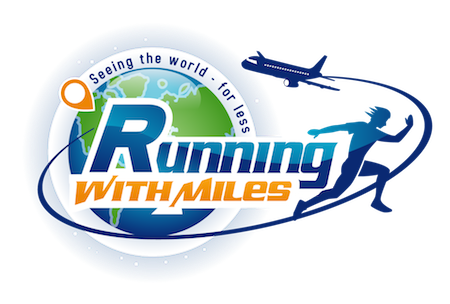
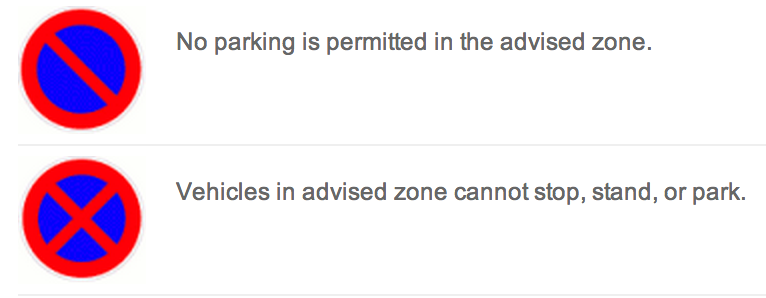

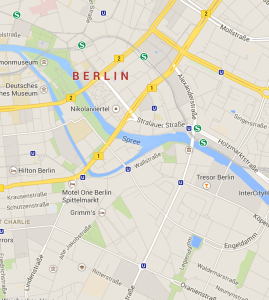
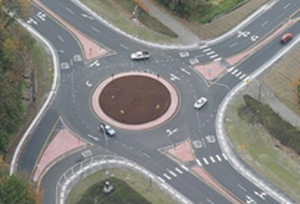
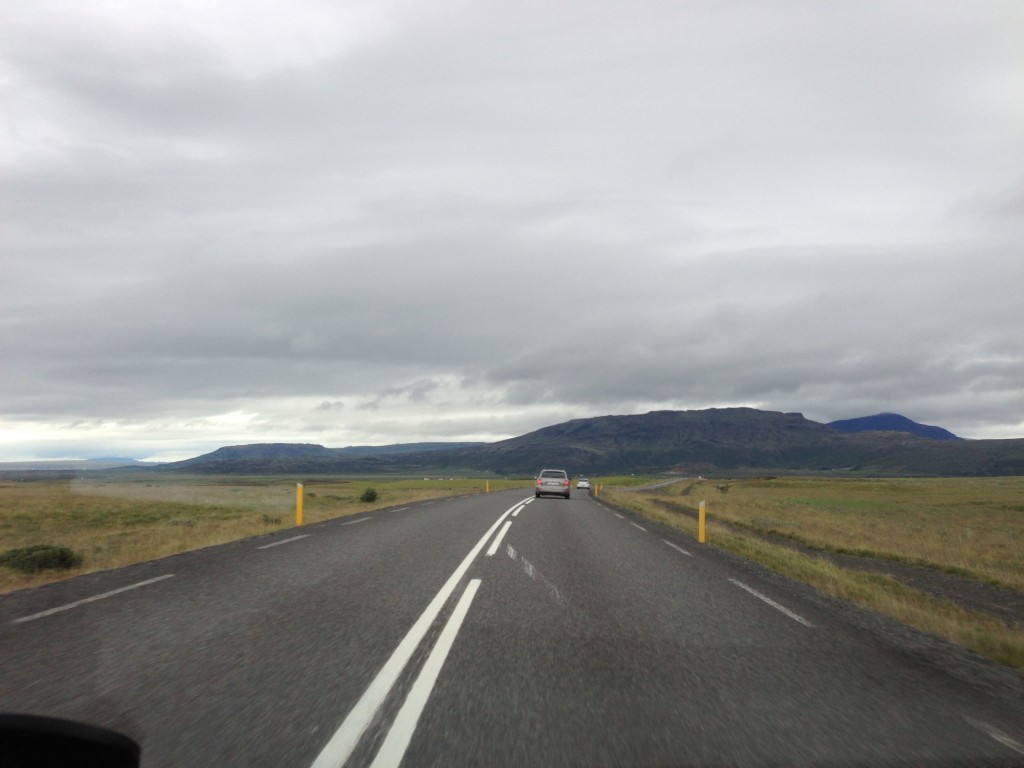







[…] car companies will not tell you that you need your IDP in order to rent the car, but they all do have language about that on their website and you will need to present it in case of a traffic incident.You can find the applications for an IDP Read full article […]
[…] , guide to international travel – visas , and guide to international travel – global entry.When it comes to visiting new places, nothing can give travelers more of a headache than driving in a new place, trying to find where to go. At the same Read full article […]
Valuable information. Fortunate me I found your site by chance, and I am stunned why this twist of fate did not took place in advance!
I bookmarked it.